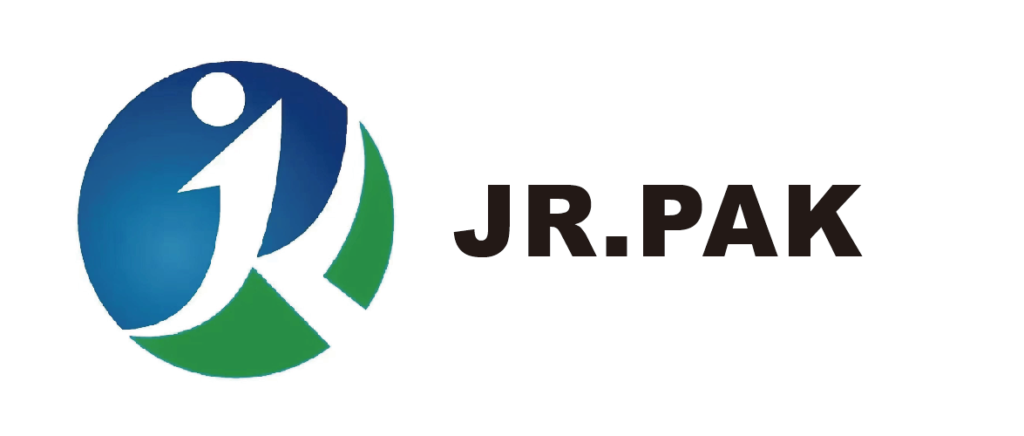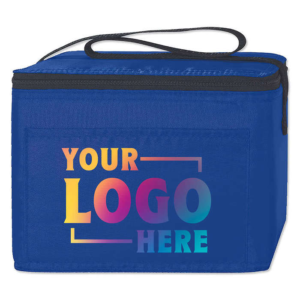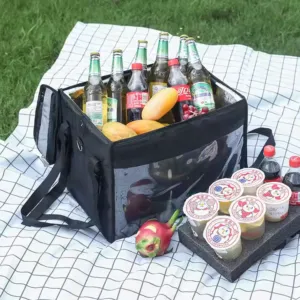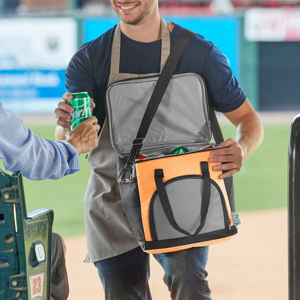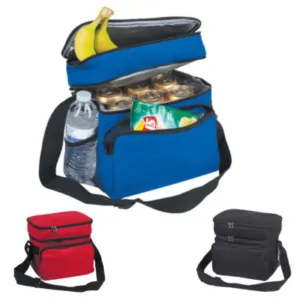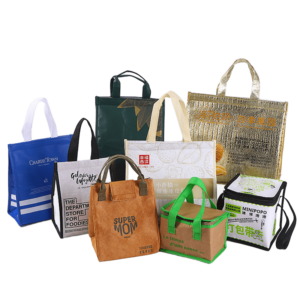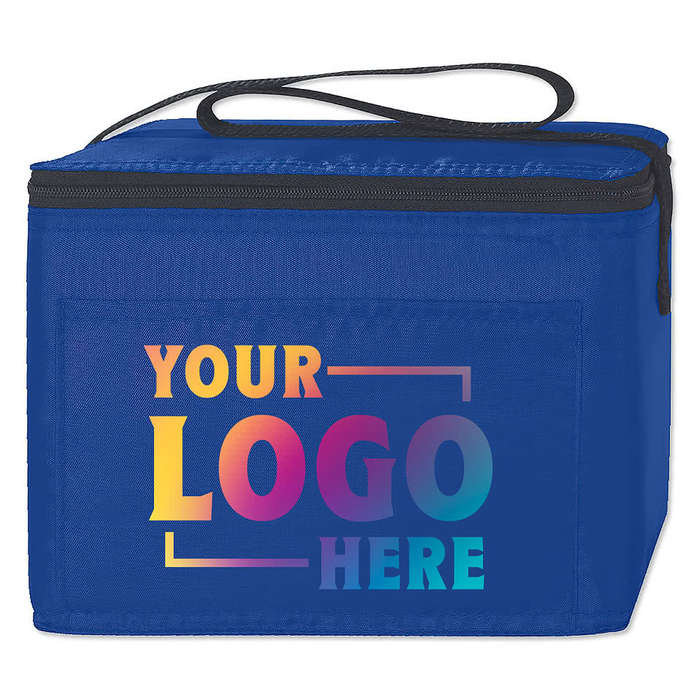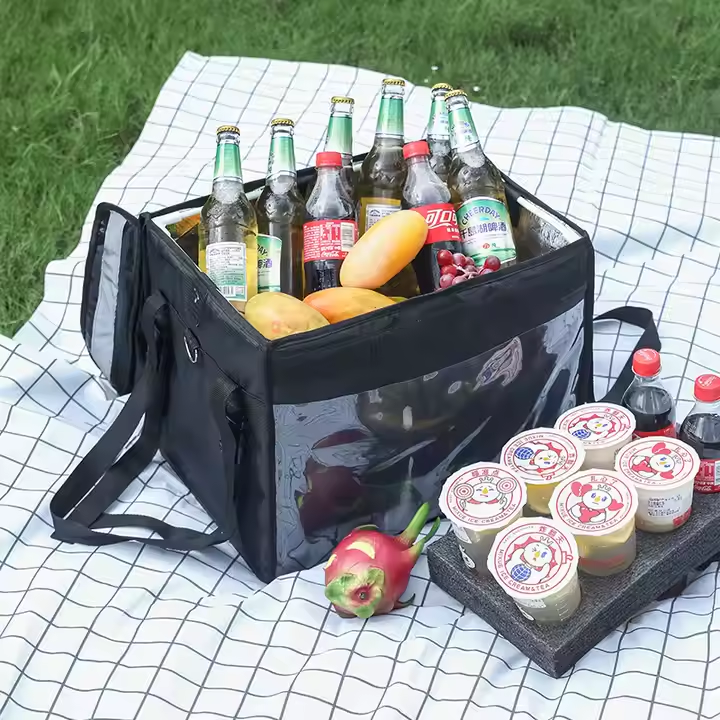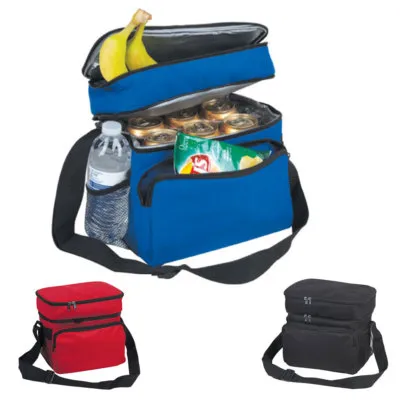Nonwoven packaging is gaining popularity across diverse sectors due to its eco-friendliness, versatility, and performance. This article explores five leading industries driving this growth, highlighting the trends and advantages shaping their packaging choices.
Nonwoven packaging is increasingly favored for its sustainability, hygiene, and protective benefits across sectors like food, healthcare, and e-commerce.
Explore why these industries are rapidly integrating nonwoven packaging into their supply chains and branding strategies.
Food & Beverage
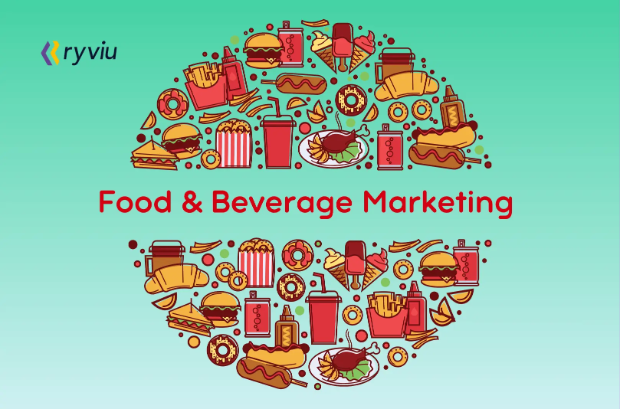
Dive-Deeper paragraph:
The food and beverage industry leads in nonwoven packaging adoption, holding approximately 37% market share in 2024. This dominance comes from nonwoven materials' superior moisture resistance, breathability, and barrier protection. These properties are crucial for preserving freshness in meat, produce, and ready-to-eat meals. Moreover, nonwoven wraps and absorbent pads enhance product hygiene while extending shelf life.
Key Benefits
- Moisture control: Keeps food fresh longer.
- Lightweight yet protective: Ensures packaging efficiency without compromising quality.
- Sustainability options: Natural fiber integration addresses eco-conscious consumer trends.
Application Examples
| Product Type | Nonwoven Use Case |
|---|---|
| Packaged meats | Absorbent pads |
| Baked goods | Breathable wraps |
| Fresh produce | Moisture-resistant pouches |
Healthcare/Medical

Dive-Deeper paragraph:
The healthcare industry is one of the fastest-growing users of nonwoven packaging, with a projected CAGR of 8% from 2024 to 2029. Nonwoven materials are essential for sterile packaging in surgical environments. They offer excellent microbial barriers, tear resistance, and disposability. These features help reduce infection risks, making them ideal for packaging surgical instruments, gowns, and wound care products.
Key Benefits
- Sterility maintenance: Protects against bacteria and pathogens.
- Disposability: Supports hygiene and infection control.
- Versatile design: Adaptable for various medical tools and disposables.
Common Medical Uses
| Product Category | Packaging Type |
|---|---|
| Surgical kits | Sterile wraps |
| Bandages & gauze | Antibacterial pouches |
| Disposable gowns | Sealed nonwoven bags |
Personal Care
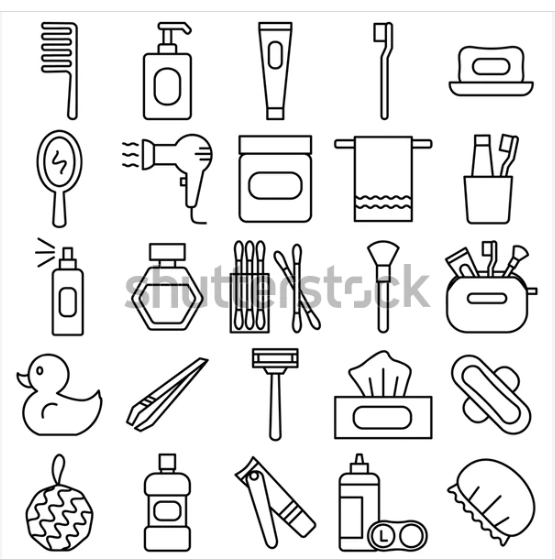
Dive-Deeper paragraph:
The rise in demand for personal hygiene and skincare items has increased the use of polypropylene-based nonwoven packaging. This material is ideal due to its antimicrobial, lightweight, and moisture-resistant properties. Brands rely on it to package items such as wet wipes, masks, and personal cleansing products, where hygiene and aesthetics are equally important.
Key Benefits
- Safe and hygienic: Protects against contamination.
- Consumer-friendly: Lightweight and easy to open.
- Premium appearance: Suitable for high-end packaging formats.
Usage Breakdown
| Product Category | Typical Packaging Format |
|---|---|
| Baby wipes | Resealable pouches |
| Sheet masks | Individual flat pouches |
| Feminine hygiene items | Multi-pack bags |
Retail and E-commerce
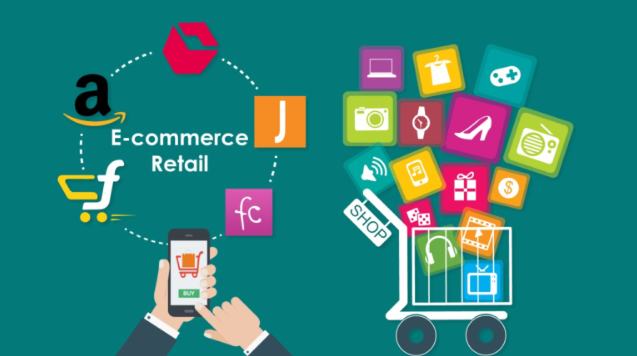
Dive-Deeper paragraph:
Retailers and online merchants are turning to nonwoven bags and wraps as sustainable packaging alternatives. This shift is driven by both environmental legislation and consumer preference for greener products. These materials reduce the use of single-use plastics, and their durability ensures goods arrive safely during shipping. Branded nonwoven bags also offer marketing value during and after delivery.
Key Benefits
- Regulatory compliance: Meets growing eco-standards.
- Reusable options: Enhances brand exposure through repeat use.
- Cost-effective for volume: Suitable for mass distribution and branding.
Applications in Commerce
| Retail Sector | Nonwoven Use |
|---|---|
| Fashion & apparel | Drawstring and zipper bags |
| Grocery stores | Custom reusable shopping bags |
| E-commerce shipping | Wrapping inserts & outer bags |
Industrial (Automotive & Electronics)

Dive-Deeper paragraph:
Industrial sectors such as automotive and electronics use nonwoven packaging for protective and anti-static purposes. These products cushion delicate components, reduce damage during transport, and prevent static electricity build-up that can harm electronic parts. Custom-fit nonwoven wraps and liners are now common in this sector due to their durability and specialized features.
Key Benefits
- Shock absorption: Reduces damage during shipping.
- Anti-static layers: Essential for electronics safety.
- Custom fit: Protects unique industrial components.
Industry Packaging Examples
| Sector | Nonwoven Application |
|---|---|
| Automotive parts | Custom padding wraps |
| Consumer electronics | Static-free pouches & liners |
| Tools and hardware | Dust-resistant covers |
Conclusion
As sustainability and performance become top priorities in packaging, industries from food to electronics are adopting nonwoven solutions at scale. These materials offer unmatched flexibility, safety, and branding potential. At JiaRong Packing, we’ve supported clients from many of these industries with tailored nonwoven packaging solutions. If you’re in one of these sectors or exploring better packaging alternatives, now is the time to act.
Which industry are you in, and how do you use nonwoven packaging? Let us know in the comments!
